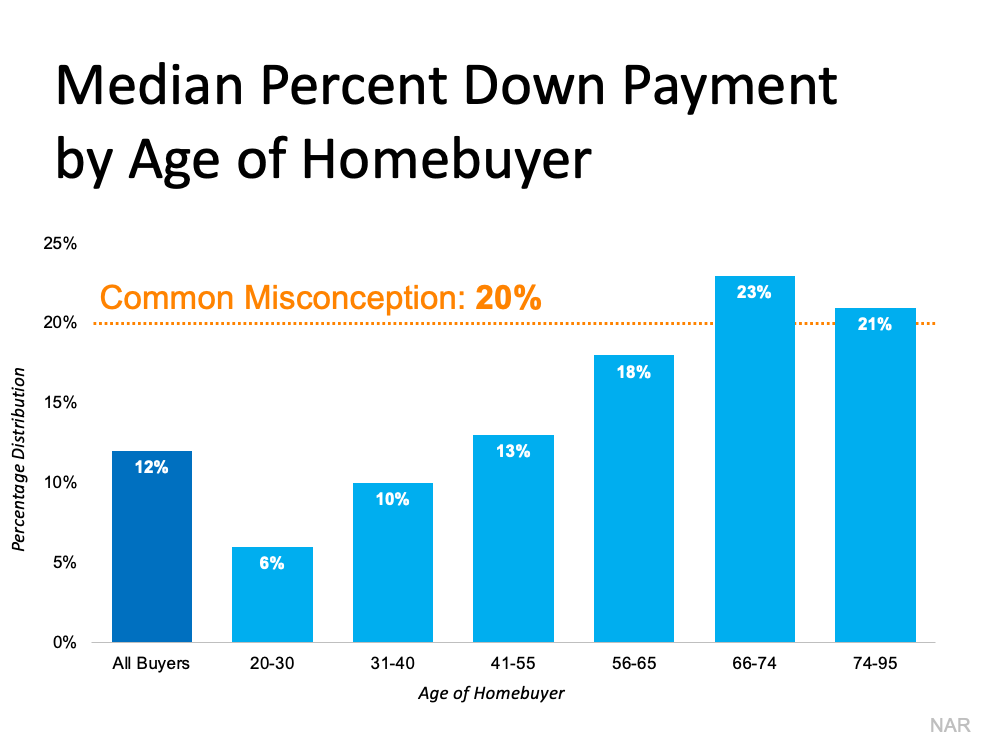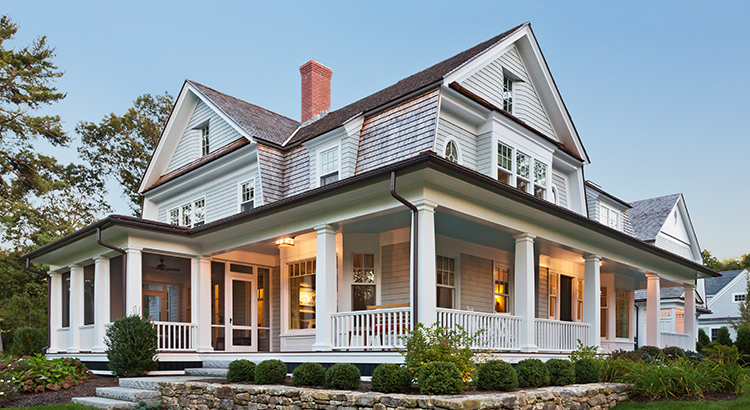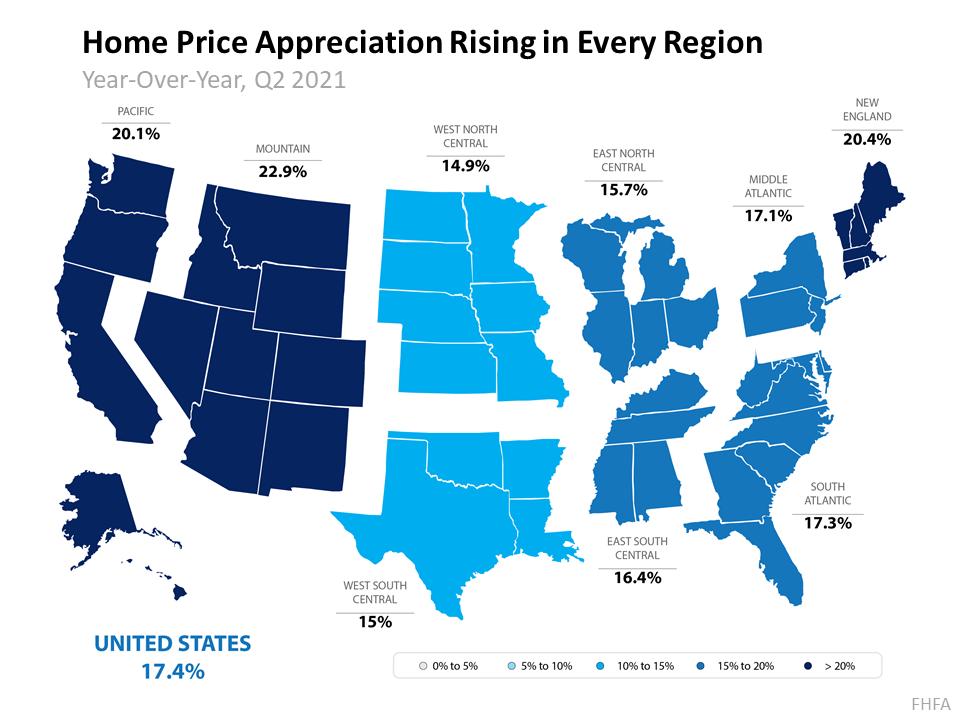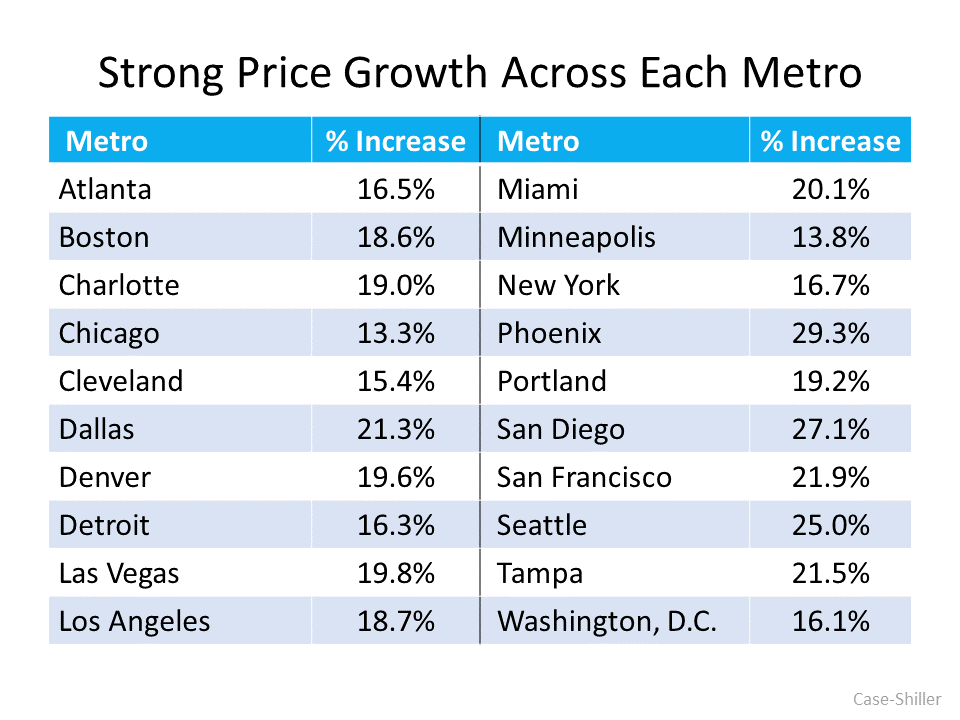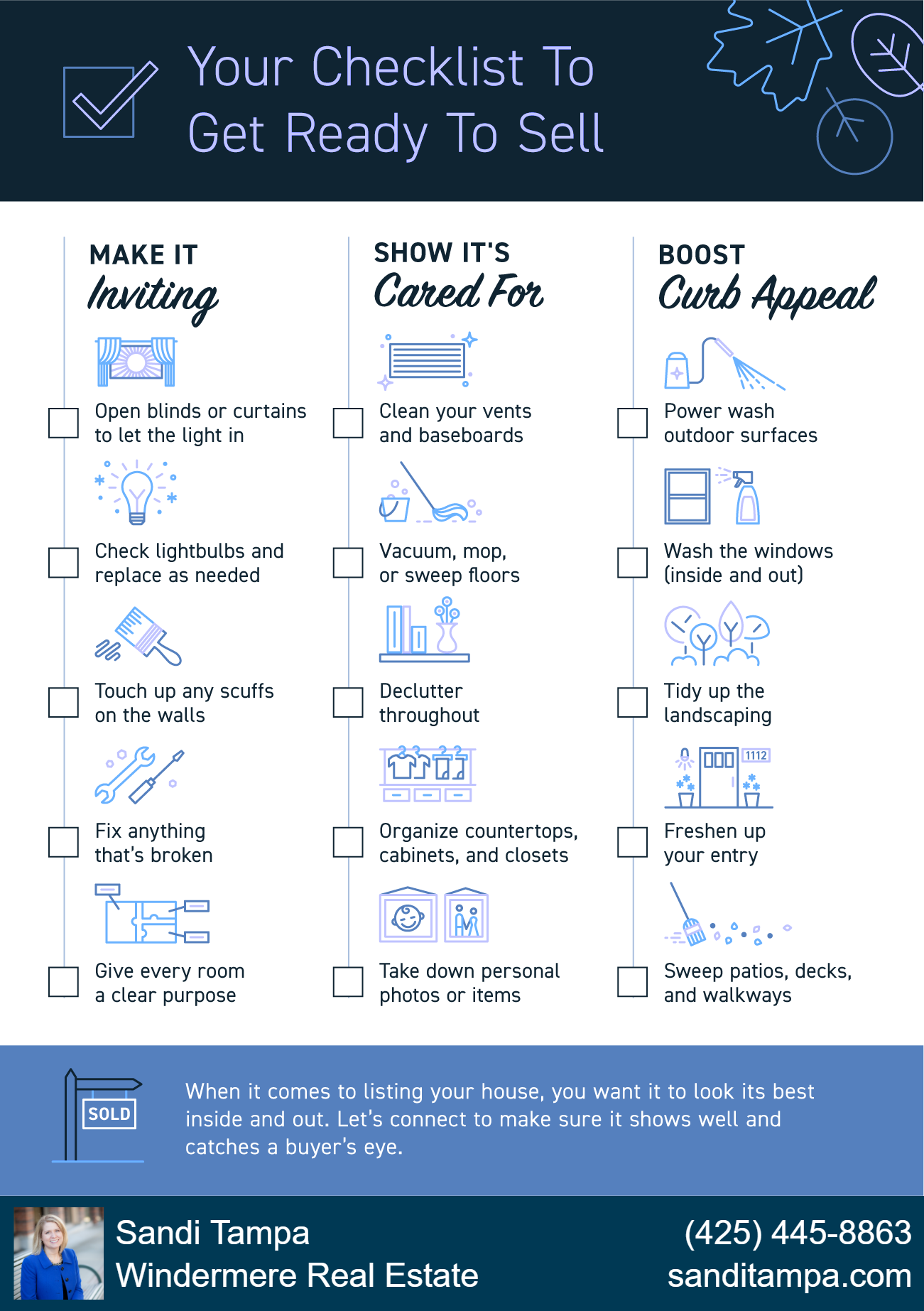Despite a boost in new listings, inventory remained as tight as ever in September. The shortage of homes for sale combined with pent-up buyer demand and low interest rates kept prices high as compared to the same time last year. However, home prices over the past few months appear to be leveling out. The market traditionally slows down as we move into the holiday season, so price appreciation should continue to cool through the rest of the year.
Home prices in most of the region continued their pattern from the past few months – up from a year ago but falling slightly from the prior month. The median price of a single-family home in King County in September was $825,600, an increase of 10% from last year, down from the $850,000 median in August. Seattle’s median price rose 4% year-over-year to $850,000, a slight drop from $875,000 last month. The Eastside was the exception to the trend of cooling prices. How hot is the market? 70% of homes sold there over the list price, and 86% sold in under two weeks. The median home price on the Eastside soared 26% from a year ago to $1,310,000, basically flat from $1,300,000 in August. Snohomish County’s median price jumped 18% from a year ago to $675,000, down from $694,900 the prior month.
Some of the greatest price increases occurred in areas that have traditionally been more affordable. According to Matthew Gardner, chief economist at Windermere Real Estate, “We continue to see a migration of buyers to suburban markets which has resulted in significant year-over-year price growth in areas such as Shoreline, Auburn, Skyway, Woodinville, and Burien. It’s likely that buyers are drawn to these areas because housing is more affordable than in the urban neighborhoods closer to Seattle and Bellevue.”
More homes were available at the end of September than in August, but low inventory continues to pose challenges for buyers. In King County there were 40% fewer homes on the market than the same time last year. The condo market, which was negatively impacted by COVID-19, has come roaring back as buyers look for more affordable alternatives to single-family homes. Condo sales were up 20% over last year, and inventory is being rapidly depleted. There were 50% fewer condo listings at the end of September than the year prior. In Snohomish County, the tight supply of homes continues. At the end of September there were just 672 single-family homes for sale in the entire county, a supply of just two weeks.
Real estate markets can vary significantly from area to area. Whether you’re looking to buy or sell, your broker can provide you with the most current data for your specific area so you can make the best informed decision. Let us know how we can help.


 Facebook
Facebook
 X
X
 Pinterest
Pinterest
 Copy Link
Copy Link



